Roger Penrose’s Conformal Cyclic Cosmology is a radical attempt to provide a comprehensive alternative to cosmology’s standard story where our universe, or aeon, is one of many in a successive chain each new universe is different from the last. However, philosopher of physics, Baptiste Le Bihan, presents a radically different perspective to Penrose's. He argues, each new universe in the cycle is not new, rather it is the same universe repeating itself. Our universe is on an infinite time-loop, with every ending it is re-born, and everything happens exactly the same; this offers theoretical weight to ancient, religious and Nietzschean ideas of the eternal return, with massive consequences for science, philosophy, and the way we live our lives.
Reality extends far beyond our universe, which is just one among many universes. This is the worldview of Roger Penrose’s conformal cyclic cosmology, an alternative to the standard model of cosmology. According to conformal cyclic cosmology, our universe—or aeon as Penrose calls them in reference to the Roman god of (cyclic) time—belongs to a long chain of universes, ordered in time.
SUGGESTED VIEWING The future of cosmology with Roger Penrose With Roger Penrose, Katie Robertson
Conformal cyclic cosmology, while highly speculative, challenges the established orthodoxy of the standard model of cosmology that posits a period of rapid inflation after the big bang. This rapid inflation must be posited to account for otherwise unexplained facts, for example the homogeneity of the universe in the earlier times. However, in conformal cyclic cosmology, the inflation came before the big bang in the last days of a previous universe—and not between 10-36 and 10-33 seconds after the big bang in our universe, as in the standard model of cosmology. This inflation turns out to be the final complete expansion of the previous aeon, which ended in a state of thermal death, everything being flattened out and destroyed by the expansion of space. Thus, conformal cyclic cosmology provides an interesting and somewhat natural explanation for the very existence of inflation.
___
We thus have strong theoretical reasons to believe that the universe was highly ordered at its beginning. However, it’s not what we see when we look at the remnant light of the big bang, our window on the first instants of the universe.
___
Interestingly, conformal cyclic cosmology has observable implications as signals of extremely energetic events happening at the end of the previous universe should appear in the cosmic microwave background (CMB), the remnant glowing of the big bang. These high energy phenomena are of two kinds: supermassive black holes collisions and the final evaporations of black holes. These should show up in the CMB as circular temperature fluctuations, and physicists are currently analysing the CMB and debating whether we see any such a thing.







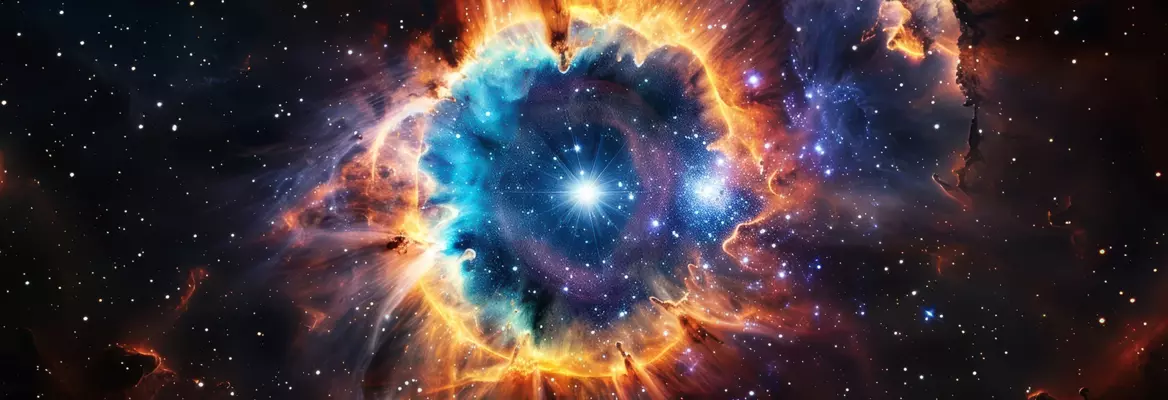

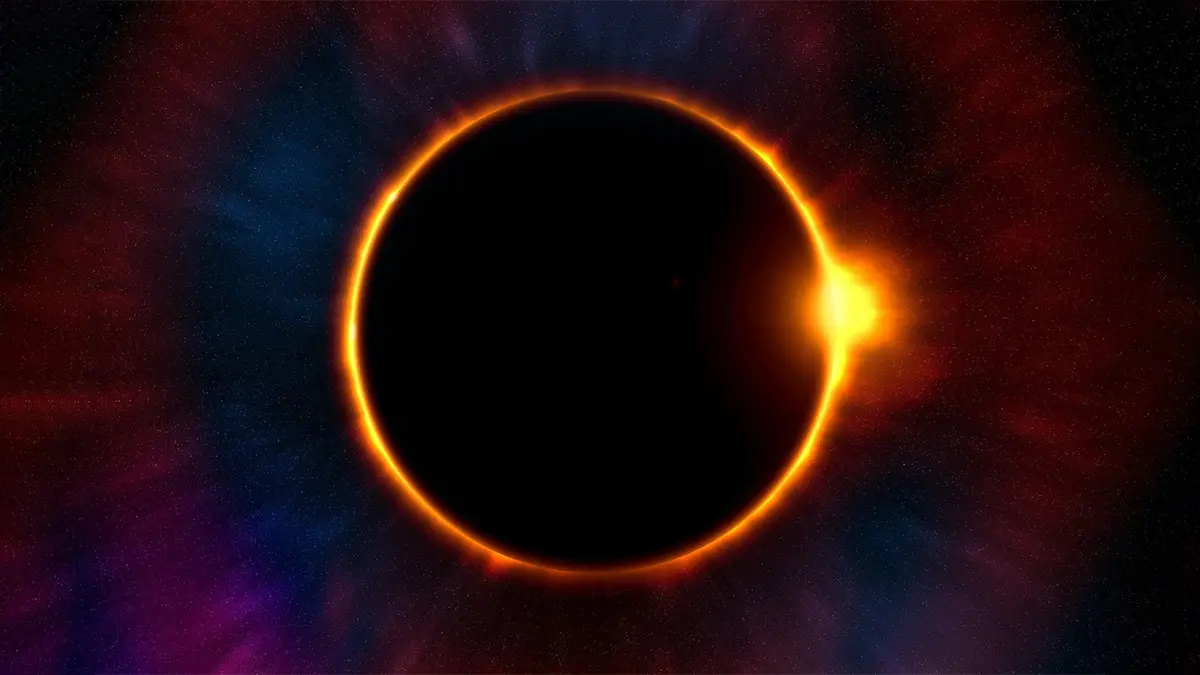





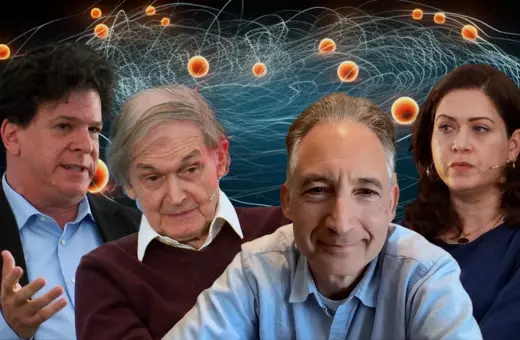



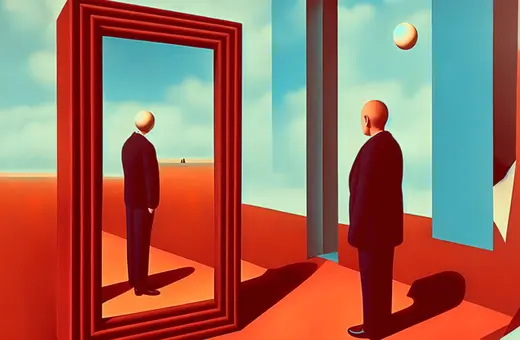
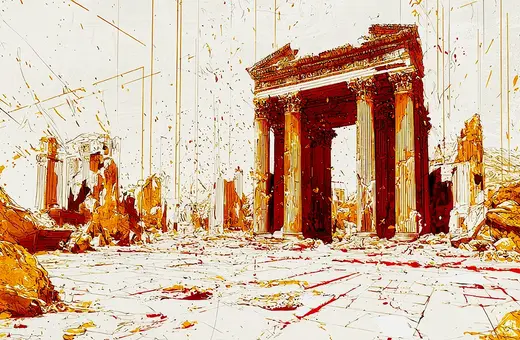
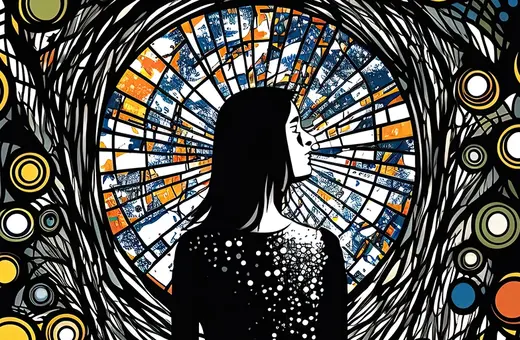
Join the conversation